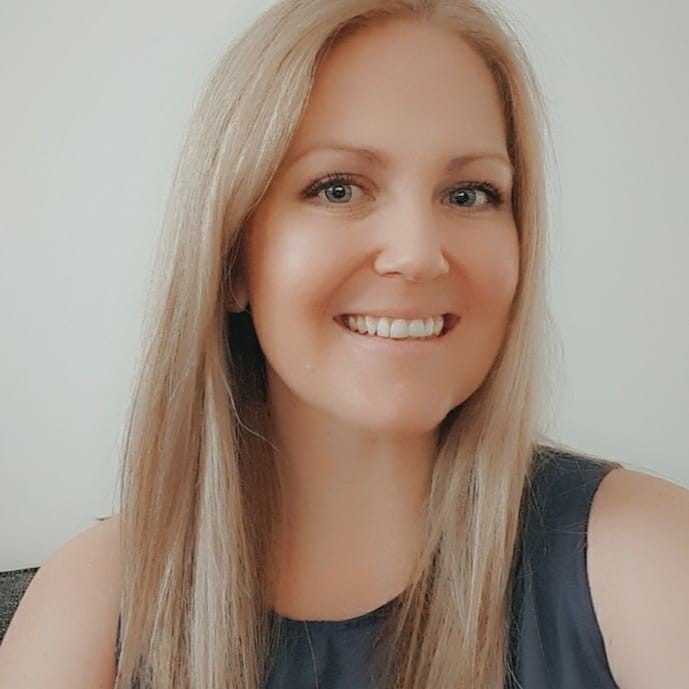Series A – When is the right time?

Underpinning the development of your product or service is raising the right investment at the right time! At Finerva, we work with some of the fastest-growing and most innovative companies in the world. As part of the UK’s start-up economy and as founders ourselves, we have first-hand experience of the passion and perseverance it takes to raise venture capital for your startup.
Series A is an important opportunity for new companies to gain crucial financial support and to ensure your startup grows to become everything you hoped it would.
So, when is the right time? We asked the experts!
Considered to be one of Europe’s largest and most active venture capital investors, we asked the advice of Octopus Ventures. Their specialist investment teams deploy more than £200 million every year, from Seed to Series B, across five areas where they see the maximum potential for growth, innovation, and impact: health, fintech, deep tech, consumer and B2B software.
We spoke to specialist B2B software team member, Chloe Allan who has in-depth knowledge and experience in Series A and Series B rounds.
In your experience, what key factors influence a start-up’s progression from Seed stage through to Series A funding.
I think it’s important to first define what we mean by Series A. The typical definition is the first significant round of venture capital funding, but more and more we are seeing VCs invest earlier in a company’s development and the lines between Seed and Series A are becoming blurred.
For me, Series A is the first round of funding where a company is raising funds not just to create the product or service, but where it’s on its way to finding product-market fit and has started to scale the operations within the business. This means it will already have several customers, usually upwards of £500k+ in LTM revenue, and probably 10+ employees.
One of the key factors influencing a startup’s progression from Seed to Series A is its ability to move from the early adopters of the product to a wider group of customers. It’s often easy for a company to believe it is on the road to success when it has won its first few customers, but what a Series A investor wants to see is can it be repeated multiple times and are the structures in place to allow it to scale. One danger during this period is that the company becomes too big for Seed but not big enough for Series A and so can’t raise funding. It’s worth founders considering this chasm as they think about their funding requirements and whether they have enough funding to scale large enough to be attractive to a Series A investor.
What are the key characteristics and metrics of a business which is Series A ready?
The characteristics of a business that is ready for Series A is one that has started to find product-market fit. What this means is that customers are coming to the company for the product they offer, rather than the company making continual adaptions to its product in order to fulfil the requirements of specific early adopters. Conversations around the management team should be around how they scale marketing and sales operations as much as improvements to the product. The key metrics will depend on the business model. A B2B software investor will be looking at Annual Recurring Revenue (ARR); for a consumer business it might be Gross Merchandise Value (GMV); and for a social media company with no revenue, it may be the number of active users. What will be important to almost all Series A companies is the Compounded Annual Growth Rate (CAGR) of the key metric (usually revenue or active users); and the sales efficiency metrics, such as the Life Time Value (LTV) / Customer Acquisition Costs (CAC) and Net Revenue Retention Rates that look at where the company is cost-effectively acquiring its customers.
Series A is a point where many startups fail, and it is considered by some to be a tricky transition. What advice would you give to help improve chances of post-Series A success?
Firstly, understand that it takes time to recruit good people. There is a tendency to try and do everything at once immediately after raising the Series A. It’s better for the existing structures that have been working well to stay in place until such a time as you have the right people within the business. The most common mistake is to rush recruitment and hire the wrong people. It takes time to unwind and can be very disruptive. It is also about making sure that you have a supportive investor who is able to give you the time to make the right decision and not feel like you’re being forced into an unachievable hiring plan.
What characteristics do you look for in the founders?
Ultimately the relationship between the investor and founder should be one that will go on for many years and therefore the founder needs to be someone that the investor can work with. That means a founder that listens and where there is a high degree of trust. Outside of the investor/founder relationship, we look for founders that are adaptable and open-minded. Perhaps most important is a founder’s ability to create a high-performance team around them and understand the gaps in their skillset such they can hire talent that is continually enhancing the company’s overall skill set.
Considering that many investors will follow you to Series B and beyond, how important are the terms of the initial deal you secure for Series A?
The terms are really important, especially those on preferential rights and consent rights over future funding. The ability for the company to negotiate these will depend on the competitive tension they can build which I’d always advise. What’s more important than the terms, is the relationship with the investor and how closely the company’s timelines match those of the investor. Whenever raising funds it’s worth doing some research on the investor and getting references from companies that they’ve invested into.
Pitch decks are a given. What else would you be expecting in terms of presenting?
You’d expect the founders to understand the assumptions behind their numbers and why they think they can be achieved. A common mistake by founders is to first construct the pitch deck and then quickly build a financial forecast that fits the narrative of the pitch deck. A much better way is to first start with the forecasts, and really think through all the assumptions, and then the pitch deck should be much easier to write and those presenting will innately understand the rationale behind the assumptions.
So, does timing matter? Would you say there is a preferred ‘season’ to pitch and when exactly is the ‘right time’ to consider Series A?
I don’t think there’s a preferred season, although if raising across the winter it’s worth noting that Christmas is likely to extend any progress by 1 to 3 weeks. What’s more important is that the company goes into the process fully prepared both in terms of materials, and an understanding over the time it will take from the founder to run the process. It’s often a good idea to have a senior team leader supporting a founder during a fundraising process to give the founder capacity to keep driving the company forward.
Thanks to Chloe Allan from Octopus Ventures for her valuable insights and advice. Octopus Ventures is a collective of experts and individuals who believe you can build a better tomorrow by investing in it!

About Michelle Hind
Chillibean Creative
Michelle Hind is the creative director at Chillibean Creative and a freelance brand consultant. She has a special interest in how the levels of employee motivation directly impact the quality of work presented to clients and determine the success of the overall brand experience – from staff through to client.
Michelle has experience working with teams operating in a flexible work environment. Her work as a multimedia journalist has been featured across the United Kingdom and Southern Africa.
She graduated from Rhodes University with a Bachelor of Journalism, majoring in journalism, media studies and psychology.
The information available on this page is of a general nature and is not intended to provide specific advice to any individuals or entities. We work hard to ensure this information is accurate at the time of publishing, although there is no guarantee that such information is accurate at the time you read this. We recommend individuals and companies seek professional advice on their circumstances and matters.




